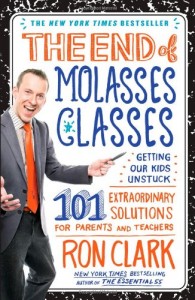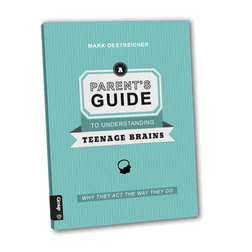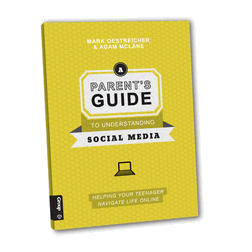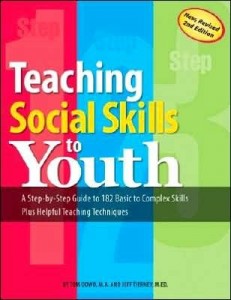 Jon Acuff – Start
Jon Acuff – Start
5 / 5
Jon Acuff’s new book Start is a great follow up to his previous bestseller – Quitter. In Quitter, he helped guide you through the process of closing the gap between your day job and your dream job.
The problem with this is that changing course in your life can be a scary prospect, particularly if it involves starting something new (like a new youth work job or an ambitious youth work program) – hence his new book, Start.
This time, Jon guides you through the process of Starting, so that you’ll escape average and have an awesome life instead. These aren’t empty words spoken by someone selling snake oil though – he knows what he’s talking about having gone through the process himself and by observing first hand how people like Dave Ramsey have done the same thing.
The last part of the book (about 15% of it based on what my Kindle says) also gives many clear, practical steps that you can take to get started, so it’s not full of simple fluffy platitudes like many other motivational books.
Here’s a bit more about the book though…
Five Stages Of Awesome
Jon explains that there are five stages that you need to go through when starting on a new path to success:
- Learning
- Editing
- Mastering
- Harvesting
- Guiding
I won’t go in depth here as to what they’re about – you’ll need to buy the book for that! Here are a few of the concepts that jumped out at me though and which are particularly applicable for youth workers:
1. Be Brutal But Wild
When making plans for the future and starting something new, Jon advises that:
You have to be brutally realistic about your present circumstances and wildly unrealistic about your future circumstances.
When making plans for awesomeness, a common trap is that we’re wildly unrealistic about our present too. We have a great plan for a new youth work program, but ignore some of the present logistical details that subsequently throw a spanner in the works. Or you’re tired of your current job and quit, only to find out that there’s no one else hiring, meaning you can’t pay your bills.
That’s not to say that you have to be a pessimist – as he suggests, you should be wildly unrealistic about the future and thereby aim high and dream big. Just don’t fail because you didn’t think through your present reality.
2. It’s Not About The Money, Money, Money
Something that can motivate us to start something new is money. Although this can be a very real benefit, there is a danger:
There are a million things that will make you money but leave you miserable. That’s not awesome.
Don’t leave an otherwise perfect youth work job that you love simply for an enlarged paycheck (unless you’re having to live hand-to-mouth – youth work’s hardly the highest paying profession after all!)
Similarly, don’t apply for restricted funding for a new project if it means you’ll have to deliver a program that you don’t have any passion for and which will make you dread going to work everyday. As you’re surely aware, youth are incredibly astute and will easily pick up on the fact that you don’t want to be there.
3. Getting Over Ourselves
The thing I liked most about the book is that it comprehensively goes about destroying the biggest barrier to starting – ourselves.
Page after page, Jon takes every excuse and lie that our fear tells us and shines a light on it, proving it to be just a bunch of ridiculousness.
- But I’m too old
- But I’m too young
- But I don’t have enough time
- But I don’t know where to start
- But I’ve never done that before
Jon proceeds to give our fear a kick up the But by showing that none of that is true. In fact, his Dad has a great outlook on this:
Here is how my Dad (and now I) answer when life asks us the question, “Have you ever done that before?”
“No, but I’m about to.”
I love that.
Have you ever gone into a school to do youth work there? No, but I’m about to.
Have you ever mentored a young person? No, but I’m about to.
Have you ever delivered programs to 100 urban youth? No, but I’m about to.
Conclusion
Get it and read it! Although it’s not targeted specifically at youth workers, there are many worthwhile principles that can be applied to youth work, whether you’re a professional youth work or a volunteer.
You can find out more about the book and get a copy by checking out Jon’s dedicated Start book website below.
How To Get Jon Acuff – Start
n.b. I received a free copy of Start from Jon in order to provide a review. There was no payment or expectation of a positive review – this book’s simply a great read and highly encouraging, hence the 5 / 5 rating 🙂



